Sow Amaryllis Seeds As Soon As Possible – They Won’t Retain Viability For Long
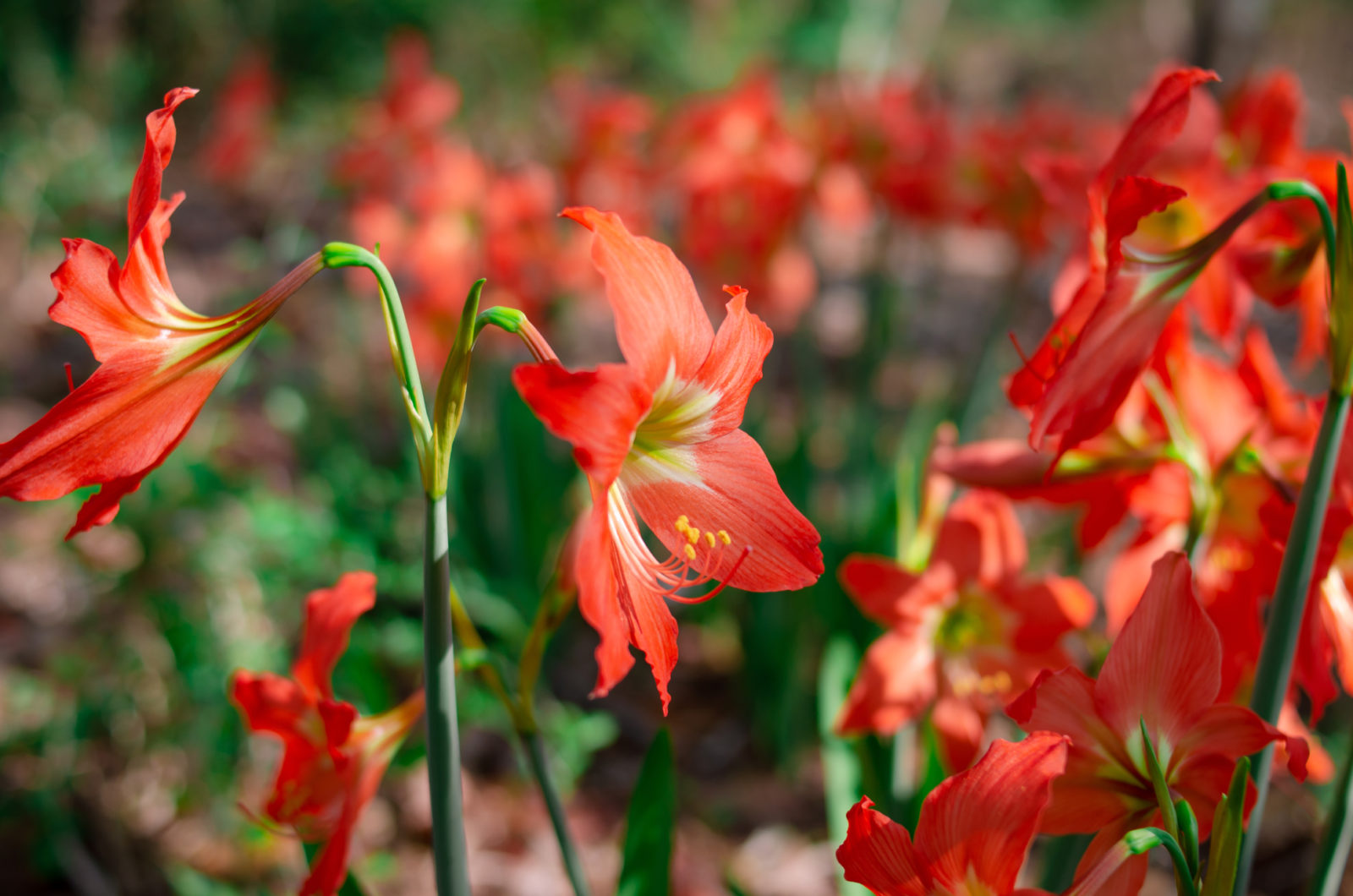
HOUSEPLANTS > AMARYLLIS > SOWING

Elizabeth is a Permaculture Garden Designer, Sustainability Consultant and Professional Writer, working as an advocate for positive change. She graduated from the University of St. Andrews with an MA in English and Philosophy and obtained a Diploma in Applied Permaculture Design from the Permaculture Association.
Reviewed By COLIN SKELLY

Colin is a Horticulturist and Horticultural Consultant with experience in a range of practical and managerial roles across heritage, commercial and public horticulture. He holds the Royal Horticultural Society’s Master of Horticulture award and has a particular interest in horticultural ecology and naturalistic planting for habitat and climate resilience.
IN THIS GUIDE
AMARYLLIS GUIDES
Container Growing
Growing From Seed
Indoors Growing
Planting
Propagation
Pruning
Re-Blooming
Repotting
Amaryllis plants are commonly purchased as potted specimens in the run-up to Christmas and are also grown from large bulbs that are planted in September or October to bloom over the winter indoors.
However, if you are up for a challenge and do not mind being patient and waiting years for blooms, you might also consider growing these plants from seed.
Just be aware that the seedlings may grow up to look rather different from the parent plant.
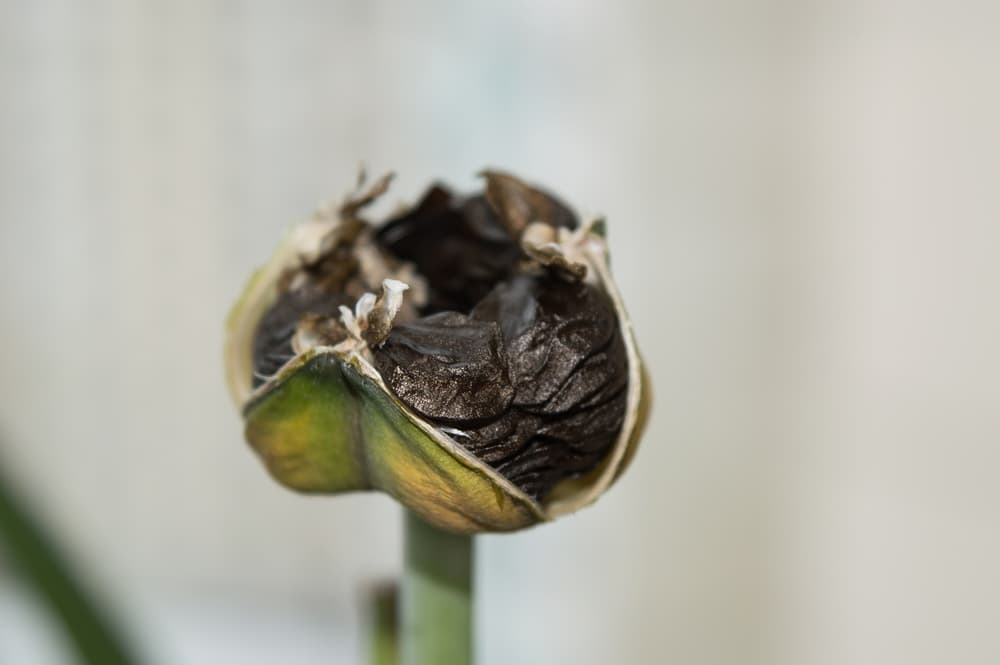
To grow amaryllis from seed:
- Source fresh seeds and sow these in spring.
- After seedlings emerge, water to keep the medium moist but not waterlogged, and start feeding 5-6 weeks post-germination.
- Prick out seedlings into individual pots and pot up into slightly larger pots throughout the spring and summer every time the roots fill the current pot.
- Keep the plants growing indoors in moderately warm temperatures.
- The plants will typically reach a stage where they are mature enough to flower in around 5-6 years. After they flower, they can be treated like a purchased pot plant or bulb-grown plant.
When To Sow Amaryllis Seeds
Amaryllis seeds should be sown in the spring, as soon after collection or purchase as possible, since they do not retain viability for long.
1) Sow Your Amaryllis
Amaryllis seeds should be sown into trays of moist but free-draining seed-starting compost.
Master Horticulturist Colin Skelly discusses the soil he opts for when sowing:
“For seed sowing, I use a peat-free John Innes seed compost as it is manufactured to have the right consistency, nutrients and moisture holding for most types of seed.

“If I use my own compost, I use a riddle to produce fine compost and add some silver sand to the mix.
“This ensures good contact with the seed whilst holding moisture but draining freely.”

It is easiest to sow the seeds into a heated propagator, as you will get the best rates of germination if you keep the temperature consistently at 21°C.
2) Water & Feed Consistently
Once germination has taken place, it is important to care for your amaryllis seedlings correctly.
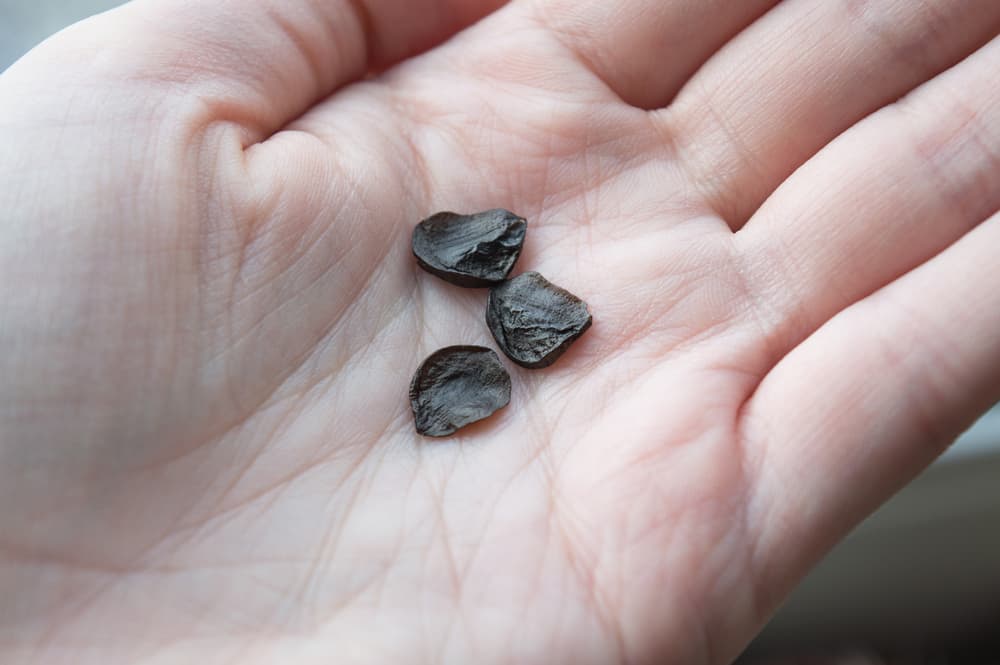
The most important factors in their care are watering and feeding during these early stages of their growth.
Keep the seedlings indoors in a moderately warm environment and make sure that you water consistently, keeping the growing medium moist whilst ensuring that conditions do not become waterlogged.
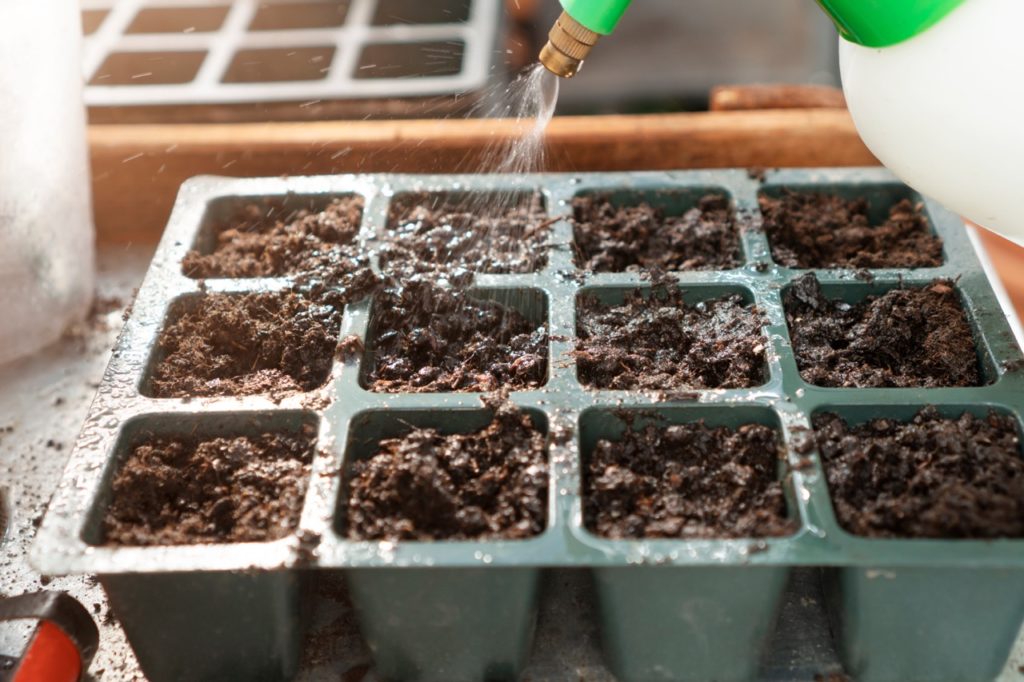
Around 5-6 weeks after germination has occurred, start to feed your amaryllis seedlings with a general-purpose organic pot plant feed.
Keep feeding every week or so until September.
3) Prick Out And Pot On
Once the amaryllis seedlings are large enough to handle, prick them out and pot each one up into an individual pot.
During spring and summer, pot on the seedlings as required whenever the pots are well filled with roots.
Do not pot into too large a container – one that is just slightly larger than the present one will be best.
4) Maintain Warm Temperatures
Grow on the plants through the year in a moderately warm environment indoors.
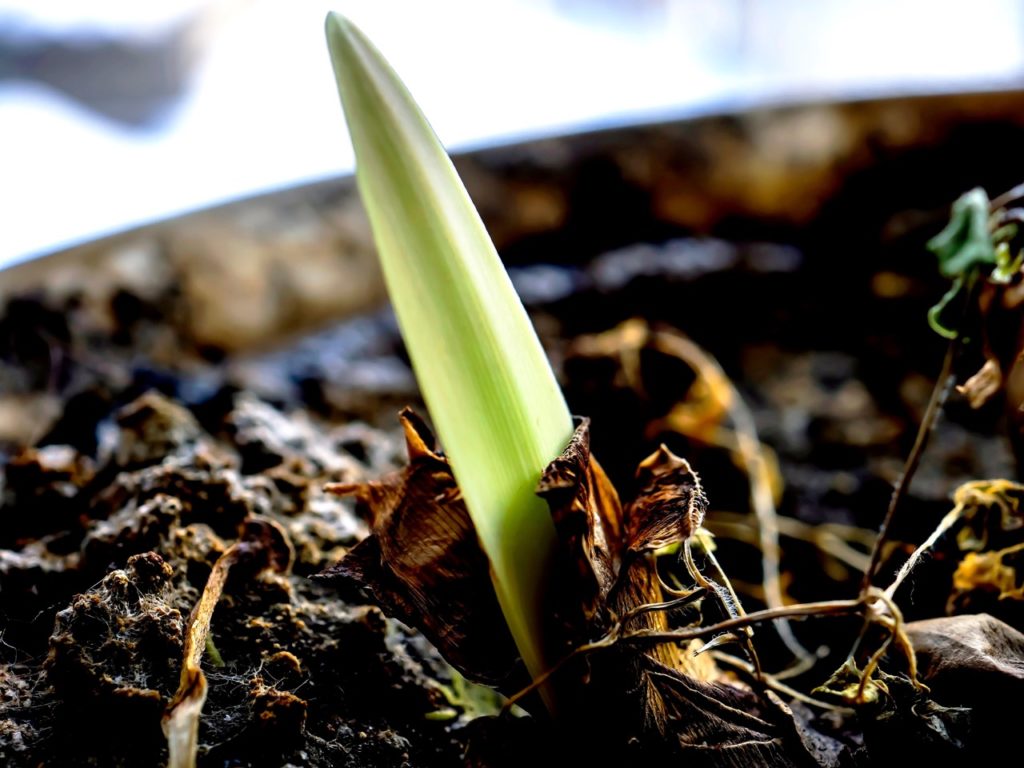
Maintain watering and do not induce a period of dormancy as you would with a mature plant that you want to rebloom.
Keep the young plants in active growth throughout the year.
5) Wait For The Flowering Period
Keep caring for the young amaryllis plants indoors until, typically after 5-6 years, they will reach a sufficient age and maturity to bloom for the first time.
Enjoy these first blooms, making sure that you appreciate this as a reward for your years of work and waiting.
Then, treat your plants as you would any plant purchased in a pot or grown from a bulb.
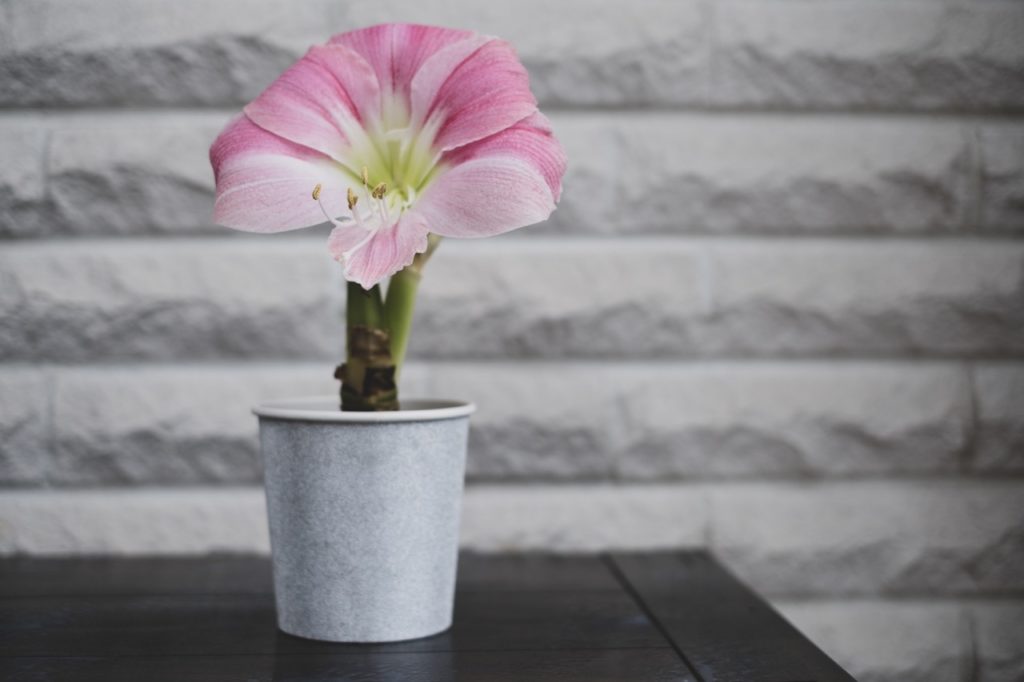
Growing amaryllis from seed is not exactly a difficult process, but it will take a lot of time and it will be important to tend to the young plants correctly and to make sure that you provide them with the appropriate care.
This might not be a job for experts only, but those lacking in patience may find this a challenging way to obtain more of these attractive flowering plants for their homes.
